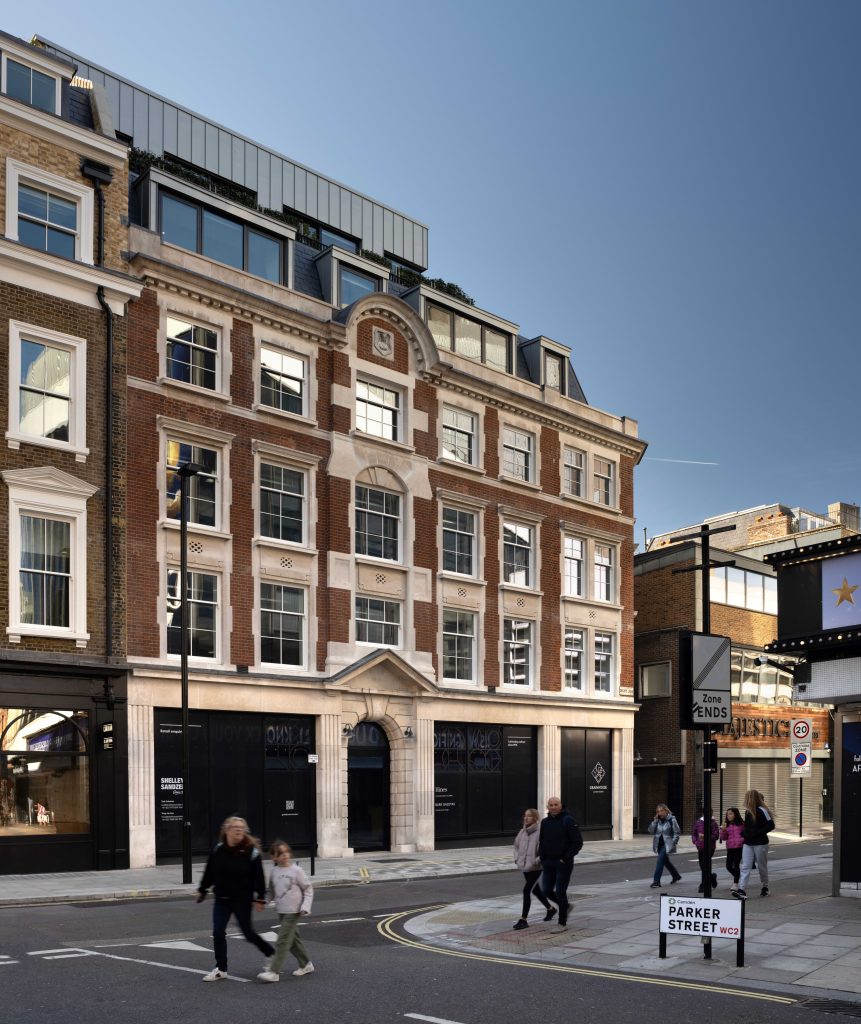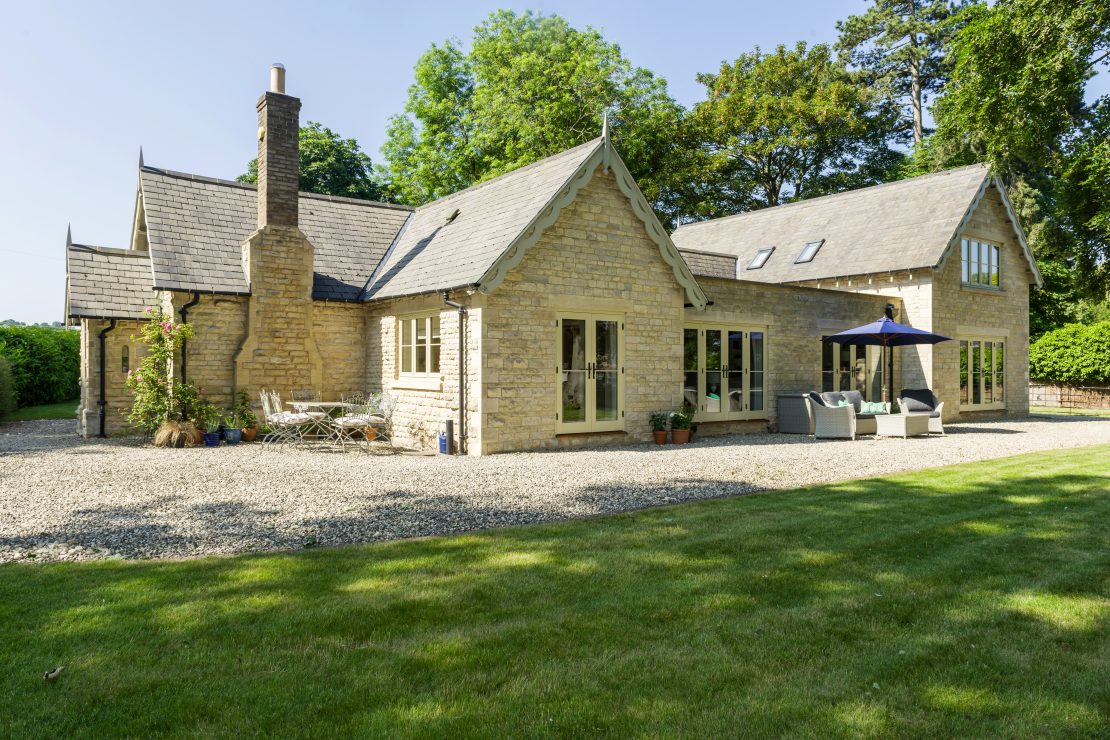April 2, 2024
Glass plays a hugely important role in the design of comfortable and attractive buildings that are also kinder to the environment. Solar Glass is an essential tool in the fenestration toolkit to balance the challenges of overheating and optimal thermal performance. Document O of the Building Regulations clearly states the need to limit solar gain.
Why it’s good to use a lot of glass
A survey carried out by Paris’ Sorbonne University found that exposure to daylight can boost academic performance in schools, improving outcomes by as much as 15 per cent when students work in classrooms with larger windows. A similar study by “Glass for Europe” found that workers perform better when they have access to natural light and views of the outside. Architects understand this and most design buildings that optimise the use of glass. In the past, temperature control relied on air conditioning in summer and heating in winter. The development of solar control glass has been revolutionary to the design of buildings.
What is solar control glass?
Solar control glass uses coatings or tints to reflect and filter the sun’s rays. This allows natural daylight to enter a building whilst reducing glare, making it ideal for conservatories, offices and retail environments. Solar control glass also helps to keep buildings cooler in the summer, reducing the need for air conditioning. This has environmental and financial benefits as well as creating a more comfortable environment for the building’s inhabitants.
Solar control glass relies on three elements:
- Reflectance – How much light reflects off the surface
- Transmittance – how much light passes through the surface
- Absorption – part of the light energy is lost and transferred to heat energy
Solar control glass aims to balance these elements optimally. Most of today’s solar glass uses tints to absorb heat and coatings to reflect heat back outside. Depending on the climate and location, one or the other would be chosen or even both. Below is an example of a retrofit project in Covent Garden that has been converted into Grade A offices. Solar control glass was used in the sliding sash windows.

How is solar control glass made?
Manufacturers apply a tint or metallic coating to the float glass using a technique called magnetron sputtering under vacuum conditions. It can be combined with other options like thermal or self-cleaning glass. Some high end applications in places like Dubai incorporate smart integrated blinds which activate when temperatures get high avoiding excessive heat whilst allowing maximum daylight in.
Our solutions focus on minimal tint and the uses of specialist coatings to provide solar control whilst having minimal impact on light transmittance (maximum light) and appearance (minimal tint in a natural colour).
What are G values?
G values are a measure of how much heat is transmitted through a window from the sun’s rays. It is a range from 0-1. A high G-value of 1 represents full transmittance and a low G-value of 0 means all energy is blocked.
Are there environmental benefits to solar control glass?
According to Glass for Europe, the use of solar control glass in residential and non residential buildings in the EU could save between 15-85 million tonnes of CO2 annually.
What is the future for solar control glass?
Smart thermochromic glass is being developed which automatically adapts to outside temperatures. This technology uses a coating that switches between blocking heat and allowing it to enter.
“When the temperature is high, the crystal structure blocks the heat from the sun. As soon as the coating falls below a certain temperature, the crystal structure changes – the coating ‘switches ’, you could say – and the heat is transmitted. In both cases, the glass remains transparent, so visible light can pass all the time, making it suitable for use in residential buildings. We call this thermochromic glass.”
Brightlands Materials Centre
With the extremes in weather in some parts of the world, this option is preferable to existing solar control glass which blocks heat from entering and keeps heat generated indoors inside. If glass could allow heat from the sun into the building when it’s cold outside, it would save on heating costs and CO2 emissions.
Manufacturers of this new technology apply a liquid coating layer, which dries and subsequently gets a heat treatment of 400-500ºC. This is a simple production process which is less costly and more energy efficient than sputtering. As a result of this process, the crystal structure of this coating is able to respond to the outdoor temperature and can be set at the required level.
Find out about other glazing options here.
You can also read about a project in London that benefits from solar control glass in our case study section.




















